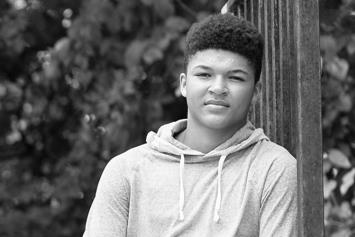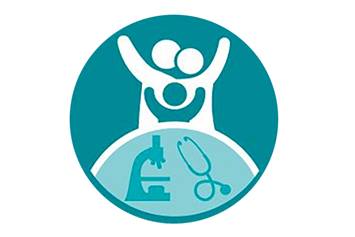
Neurology & Neurosciences Clinical Research
Neurosciences faculty members are studying how neurological and neuromuscular disorders develop, and are working toward new treatment options.
Neurology & Neurosciences Clinical Studies
Studies Now Enrolling Participants
Brain Vascular Malformations Consortium
The goal of this study is to understand more about Sturge-Weber Syndrome and the possible treatments for this disease.
Researchers Looking for Youth Athletes Who Stopped Contact Sports After Concussion
Researchers want to learn why youth athletes retire from contact sports after concussion(s) and the effects of this decision on the individual and the family.
Current Research
Perinatal Arterial Stroke: A Multi-site RCT of Intensive Infant Rehabilitation (I-ACQUIRE)
Dr. Warren Lo is a collaborator on a Phase III clinical trial to compare the efficacy of two dosages of a new infant rehabilitation protocol - I-ACQUIRE - to usual and customary forms of infant rehabilitation in infants who experienced Perinatal Arterial Stroke (PAS).
Quality Improvement in Time to Treatment of Status Epilepticus (QuITT-SE)
Adam Ostendorf, MD, is the associate division chief of research at Nationwide Children's and the principal investigator for an NIH-funded clinical trial aimed at improving treatment for life-threatening prolonged seizures.



